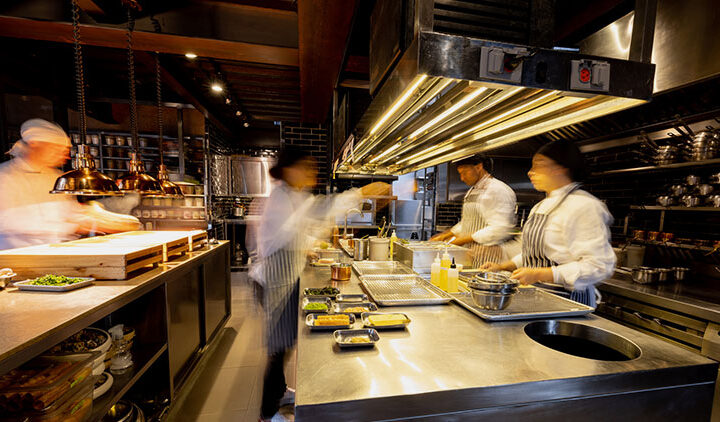Discover what a cloud kitchen is, how it operates, and how it differs from traditional restaurants. Learn about the advantages, challenges, and the future of the cloud kitchen business model.
What is a Cloud Kitchen?
A cloud kitchen, also known as a ghost kitchen, virtual kitchen, or delivery-only restaurant, is a food business model designed specifically to fulfill online orders. Unlike traditional restaurants, cloud kitchens do not have dine-in facilities. Instead, they focus solely on preparing food for delivery through online platforms such as Zomato, Swiggy, , or their proprietary ordering systems.
This innovative model caters to the increasing demand for convenience and online food delivery, making it a popular choice for new-age entrepreneurs and established food brands.
Key Features of a Cloud Kitchen
- Delivery-First Approach: Focused entirely on food delivery, with no physical dining space.
- Lower Operational Costs: Requires less space, fewer staff, and minimal interior decoration compared to traditional restaurants.
- Technology-Driven: Operates using advanced software for order management, real-time tracking, and analytics.
- Multiple Brands: Often hosts multiple food brands or cuisines under one roof to maximize efficiency.
What is a Traditional Restaurant?
A traditional restaurant is a food establishment that provides dining space where customers can enjoy their meals on the premises. These restaurants typically combine dine-in services with takeout and delivery options, offering a complete customer experience that includes ambiance, service, and interaction.
Cloud Kitchen vs. Traditional Restaurant
| Aspect | Cloud Kitchen | Traditional Restaurant |
|---|---|---|
| Business Model | Delivery-only | Dine-in, takeaway, and delivery |
| Setup Cost | Lower setup cost due to reduced space and decor | Higher setup cost for decor, furniture, and ambiance |
| Space Requirements | Minimal kitchen space | Larger space with seating and kitchen area |
| Revenue Model | Online food delivery | Dine-in sales, takeaway, and delivery |
| Staffing Needs | Smaller team for kitchen operations | Larger team for kitchen, serving staff, and cleaning |
| Customer Interaction | Minimal or no direct interaction | High levels of interaction with dine-in customers |
Advantages of a Cloud Kitchen
- Cost Efficiency: Lower overhead costs due to smaller space and reduced staffing.
- Flexibility: Ability to run multiple brands from the same kitchen.
- Scalability: Easier and faster to expand to new locations.
- High Demand: Capitalizes on the growing trend of online food delivery.
Challenges of a Cloud Kitchen
- Intense Competition: High competition on food delivery platforms.
- Brand Visibility: Limited opportunities for direct customer engagement.
- Logistics Management: Requires efficient delivery and packaging to maintain food quality.
- Platform Dependency: Heavy reliance on third-party apps like Swiggy or Uber Eats.
Conclusion
Cloud kitchens represent a transformative shift in the food industry, offering a low-cost, delivery-first approach that meets the demands of today’s fast-paced, convenience-driven consumers. While they differ significantly from traditional restaurants, their flexibility and scalability make them an attractive choice for food entrepreneurs.
Whether you’re considering launching a new food venture or transitioning from a traditional restaurant model, understanding the dynamics of a cloud kitchen can help you make an informed decision.
If you’d like help in setting up your cloud kitchen or exploring strategies to grow, feel free to ask!





